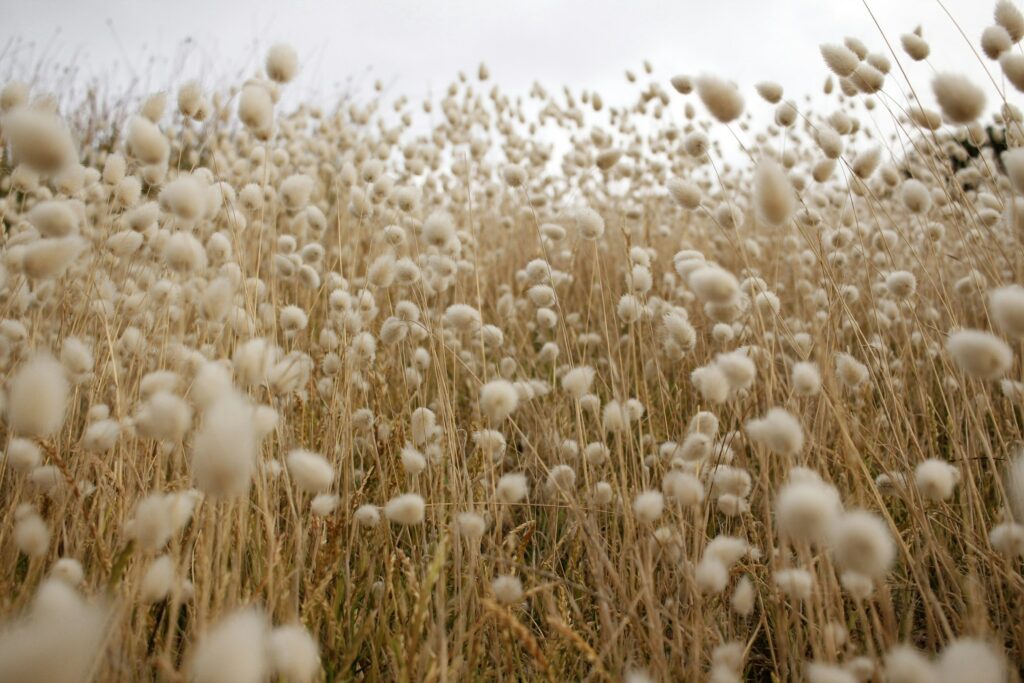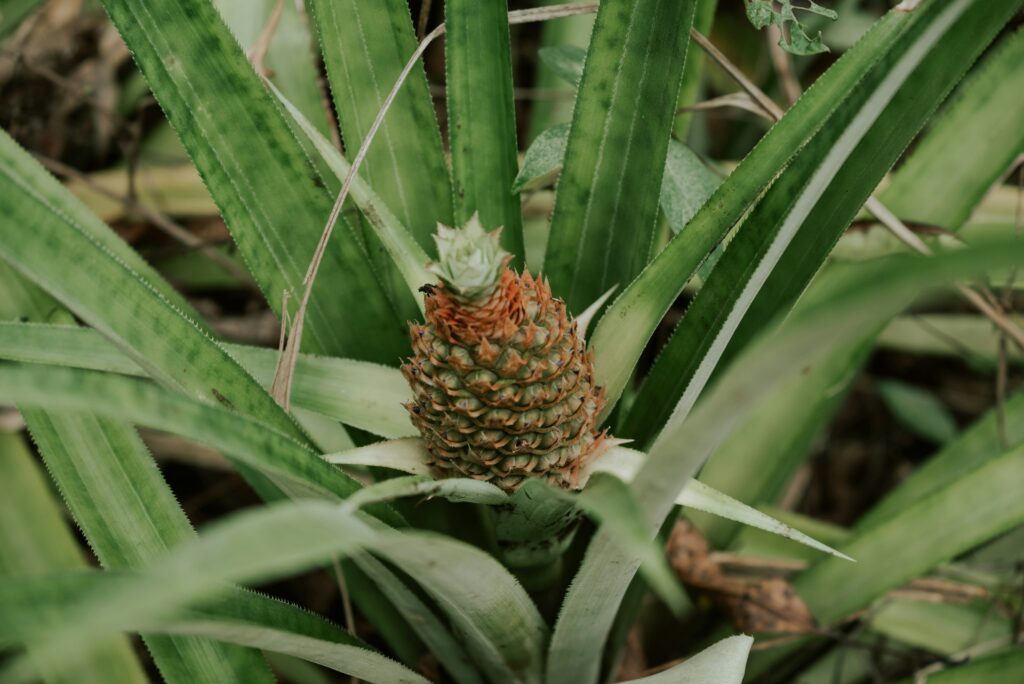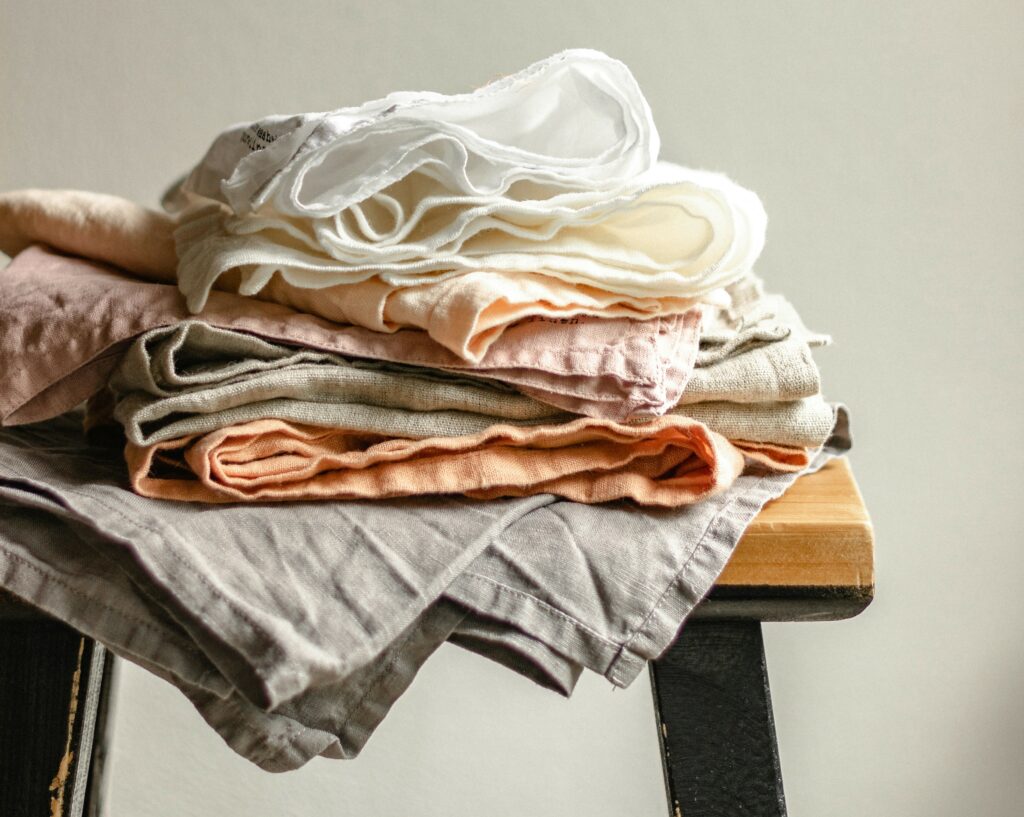Environmental Impact of Cotton
Almost half of all garments are made of cotton. However, conventional cotton production can have adverse effects on local communities and the surrounding ecosystem. Heavy pesticide use threatens the quality of soil and water, and the application of substantial synthetic fertilizers can cause water contamination and significant greenhouse gas emissions. In addition, many cotton farmers have switched to genetically modified seeds to make their plants resistant to fungi and other diseases, which poses severe threats to biodiversity.

While organic cotton is a step forward in sustainability as it avoids the use of synthetic and toxic pesticides, it still requires a lot of water and land to grow.
Sustainable Alternatives to Cotton
To reduce the dependence on cotton, other natural fibres are increasingly coming into focus.
Sustainable alternatives are other plant-based fibres like bast fibres which include flax (Linen), hemp, ramie and jute, feaf or like sisal, banana, and pineapple fibres, or seed fibres like coir and kapok. Most of these fibres grow fast and require fewer natural resources, pesticides, and fertilizers compared to cotton. What’s more, these plant-based fibres can grow well in relatively poorer soils that are unsuitable for food production. They don’t exhaust the soil and can be grown for many years in succession with low amounts of fertiliser and little reduction in yield.
While some bast fibres like linen and hemp are already widely used by the textile industry, others require further development to be considered.
A New Sustainable Option: Pineapple Leaf Fibres
One of the new innovative and sustainable options is pineapple leaf fibres. These fibres have a long history of use in the Philippines and other tropical countries, where they have been traditionally used to make clothing, accessories and home décor items. In recent years, the use of pineapple fibres has become more popular as the textile industry seeks out sustainable and innovative alternatives.

After harvesting the pineapple fruit, the plant leaves are separated from the trunk. The fibres are then detached from the leaves by means of a scraping method known as decortication. In this process, the leaves of the pineapple plant are stripped of their outer layers either by hand or with the help of machines. The fibres are then washed and dried under the sun for several hours. It is a manual-labour-intensive process that involves many workers. Finally, the fibres are mechanically processed to make them spinnable and can be blended with other fibres like cotton, viscose, or polyester.

Pineapple fibres are a strong and durable material that can be used for home textiles, denim, and other apparel, either on its own or in combination with other materials, such as organic cotton.
Locally sourced, pineapple fibres are a sustainable and renewable resource. Using the waste leaves of the fruit harvest provides a positive social impact by generating additional income for the pineapple farmers while also creating jobs in rural communities.
Check out our LinkedIn page and News channel for more information on our initiatives and business updates.

